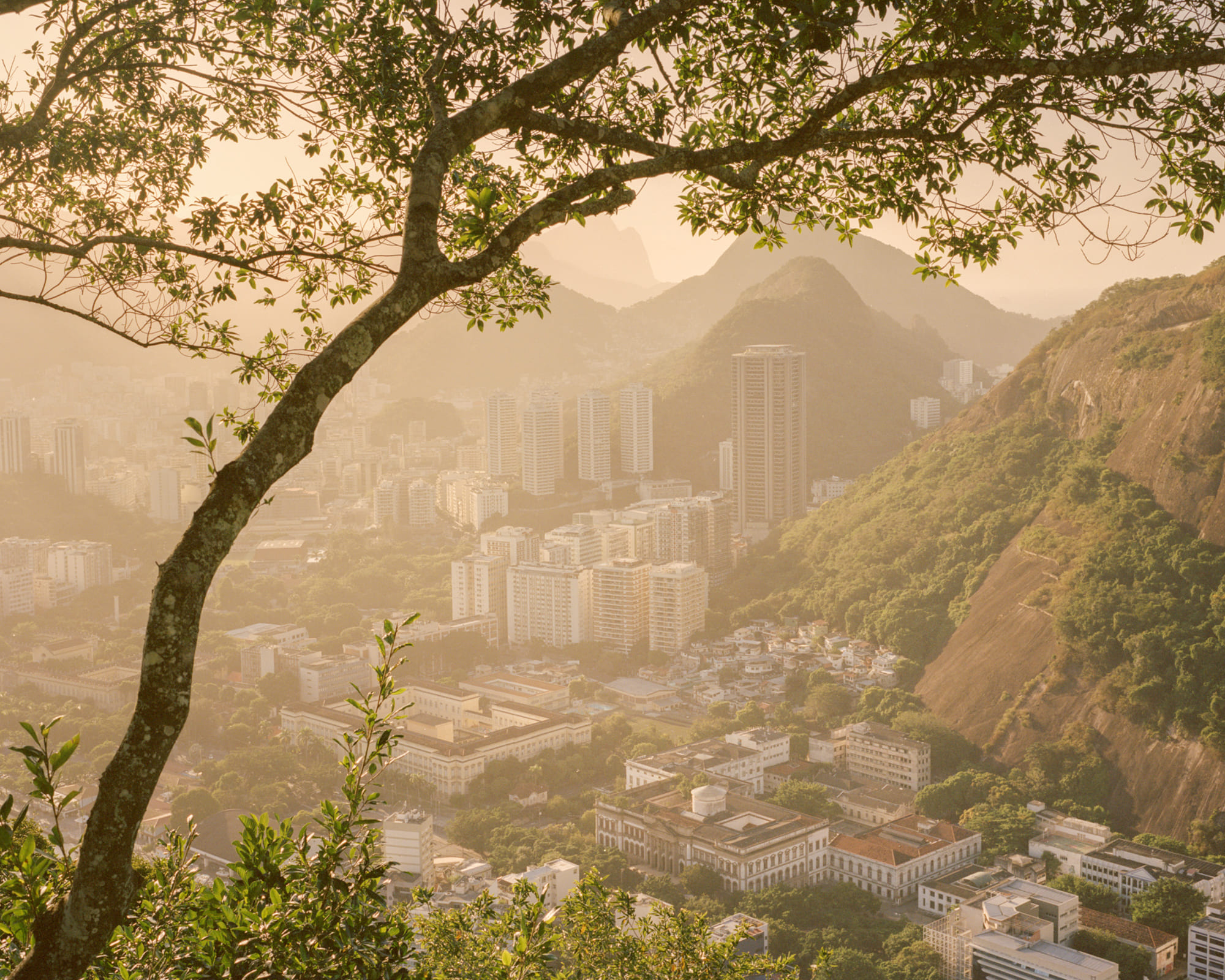
After Venice in 2023, New York and London in 2024, the photographic and scientific exhibition The Cooling Solution lands in Milan in June and July 2025.
The Cooling Solution is a scientific project that uses photography to investigate how people of different socioeconomic backgrounds around the world adapt to high temperatures and humidity. It combines scientific results with personal stories, offering a visual journey through people’s lived experiences of ineffective and inefficient cooling, hypercooling, heat dumping, vernacular architecture, and cutting-edge cooling technologies in Brazil, India, Indonesia, and Italy.
Photography by Gaia Squarci, research by the ENERGYA team, coordinated by Prof. Enrica De Cian of Ca’ Foscari University of Venice and Fondazione CMCC, curated by Kublaiklan and project coordinated by Elementsix.
- Institut français Milano, corso Magenta 63, 20123 Milan, free entry from June 5 to July 22, 2025, Monday to Friday, 10am to 5pm.
- Extraordinary opening on June 5th until 9pm, with a guided tour by the photographer Gaia Squarci at 7pm
ABSTRACT
The Cooling Solution is a scientific project that uses photography to investigate how people of different socioeconomic backgrounds around the world adapt to high temperatures and humidity. Beginning with the title, the term solution is meant to call into question this adaptation paradigm. The project examines the phenomenon of the rising AC demand in its various facets, addressing its numerous shortcomings and drawbacks, as well as the reasons for its use, which are often related to the necessity of protecting the most fragile members of society from health hazards. According to the report of the International Environmental Agency, “The Future of Cooling”, published in 2018, 10 new AC units will be sold every second for the next 30 years, bringing the number of installed cooling units worldwide to 5.6 billion by 2050.
The project combines scientific research, photography and infographics to investigate people’s experiences as they deal with thermal discomfort in Brazil, India, Indonesia, and Italy. The goal is to use photography’s communicative power to make academic knowledge accessible to the wider public.

67% Humidity, 25°C Flamengo is an upper-middle-class neighborhood in Rio de Janeiro, characterized by relatively low temperatures thanks to its proximity to the Tijuca National Park. Brazil, 2022
As AC becomes cheaper and more efficient, it may end up being used in places where heat stress could instead be adequately tackled by alternative cooling solutions. As a result, humanity is facing the risk of being trapped in a new, vicious cycle created by consolidated behaviors and urban environments shaped by the ubiquity of AC. It is now clear that the era of energy-intensive material comfort must come to an end. What is perhaps less clear is that sacrificing this way of living doesn’t mean sacrificing thermal comfort, a concept whose parameters are determined not only by climate, but also by habits, culture, and socio-economic dynamics.
In the frame of a broader scientific research, Brazil, India and Indonesia were chosen to represent populous, tropical countries whose economies are growing, while Italy serves as a western counterpart. While these countries, however different, are following a similar trend driving them towards a homogenized notion of thermal comfort, The Cooling Solution also examines vernacular architecture, alternative cooling methods, innovation, and dedicated research efforts. We will live on a warmer planet, and AC can and will save lives. However, there is also a great richness in the diversity of cooling methods available that are waiting to be re-discovered, re-visited, and scaled-up.
SPONSORS
This project has received funding from the European Research Council (ERC) under the European Union’s Horizon 2020 research and innovation program (Grant agreement No 756194), and it was supported by the Fondazione CMCC and by Edison for the current exhibition in Milan. It is jointly organized by the Department of Economics at Ca’ Foscari University of Venice and THE NEW INSTITUTE Centre for Environmental Humanities.
WEBSITE
The full content of the project Cooling Solution is available in an extended version at thecoolingsolution.com
TEAM
The exhibition and catalog, curated by the collective of curators Kublaiklan, would not have been possible without the economic research led by Enrica De Cian and her ENERGYA team, the ethnographic research conducted by Antonella Mazzone, the policy research carried out by Marinella Davide, and the photography by Gaia Squarci, all of which were coordinated by Elementsix.
BIOS
→ Gaia Squarci is a photographer and videographer who divides her time between Milan and New York City, where she teaches Digital Storytelling at ICP. Gaia is an IWMF fellow and a National Geographic grantee, as well as a contributor for Prospekt. With a background in art history and photojournalism, she leans towards a personal approach that distances itself from the descriptive narrative tradition in documentary photography and video. Her work focuses on themes linked to the relationship between human beings and the environment, disability, aging, and family relationships.
→ Kublaiklan Is a curatorial collective that explores widely accessible ways of interacting with photography by designing exhibitions and educational projects for non-profit organizations, institutions, and individuals. At the same time, it investigates contemporary visual culture through research projects aimed at building awareness and promoting a conscious use of photography as a language.
→ Enrica De Cian is a professor of environmental economics at Ca’ Foscari University of Venice, Department of Economics, and a research scientist at the Fondazione Centro Euro-Mediterraneo sui Cambiamenti Climatici and at the European Institute on Economics and the Environment. She is a member of the scientific committee at the New Institute Center for Environmental Humanities, and is the recipient of an ERC Starting Grant for the project ENERGYA (“Energy use for Adaptation”), the results of which will be summarized during the exhibition. At Ca’ Foscari, she also coordinates the PhD in Science and Management of Climate Change.
→ Antonella Mazzone is a research associate at the Centre for the Environment (University of Oxford) and a fellow at Oxford Martin School. With a background in humanities and social science, her current work focuses on the interplay between gender, cultures, and indigenous knowledge in energy studies.
→ Elementsix is an agency specialized in research dissemination and in providing services to academics from diverse fields. Elementsix and Gaia Squarci supervised the curation of the photographic shoots and associated stories, and coordinated, together with Enrica De Cian, the scientific writing for the exhibition and the catalog.


